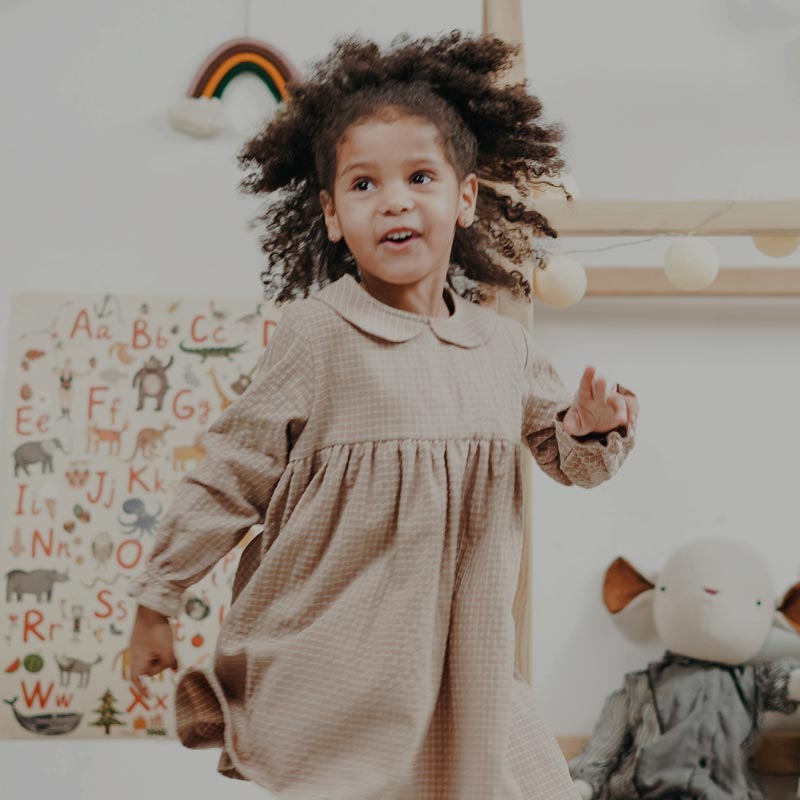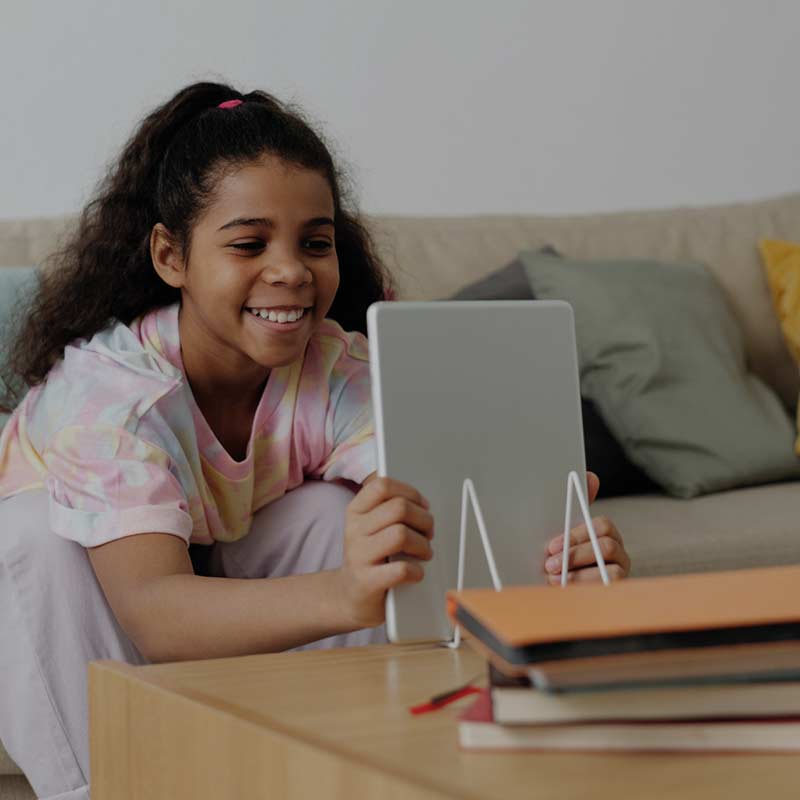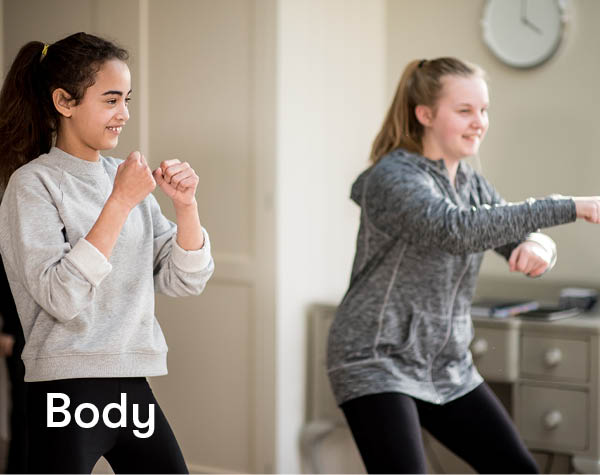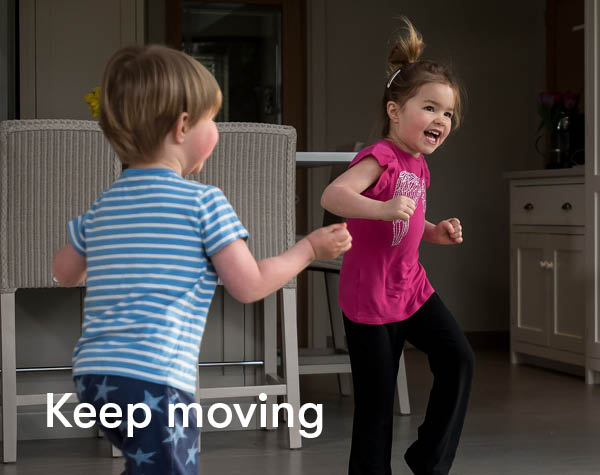Online socialising and learning for kids
Supporting children as they develop their understanding of the world is as important as looking after their physical health and finding the right balance will help children feel secure and thrive.
As even young children are spending more time interacting with others via a screen, we're supporting parents to help their little ones make sense of the world and stay connected with their friends as their social life moves online.









